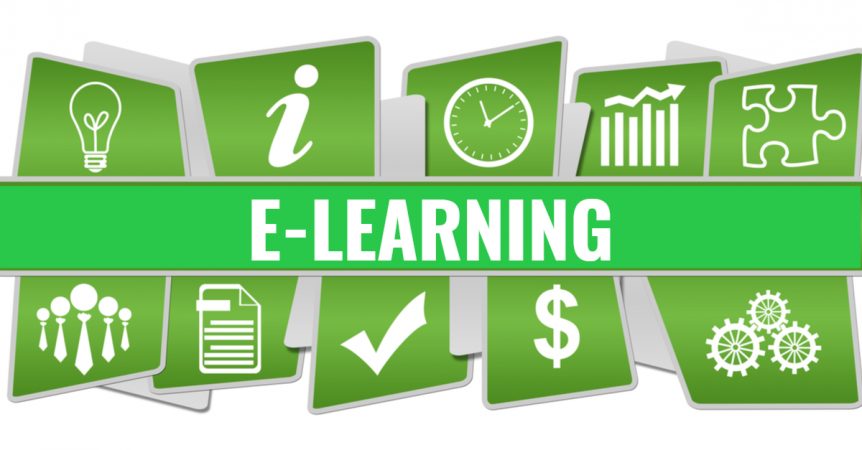9 E-learning Product Training Tips
Good quality product training will be highly beneficial to your business, whether you are creating the training for your sales team or a wider group of employees. It is also beneficial to create product training as e-learning modules. How do you make sure the product training you create delivers on your objectives? The following tips will help.
- Make Product Training an Ongoing Effort
One of the big mistakes that some companies make is to offer formalised product training to employees as a one-off event. The reality is that your products are likely to evolve, new people will join the business, and it is possible that some members of your team will forget over time some of the things they learned.
Therefore, product training should be an ongoing effort. This is one of the reasons why e-learning is the perfect way to create product training as you can continually update it and create new modules.
- Make the Content Mobile Friendly
Making e-learning courses mobile-friendly is recommended in all situations, but it is particularly helpful when creating product training, especially if the people completing the training will be salespeople. This is because salespeople are typically not tied to a desk, and they often use their phones much more than laptops or computers.
Making your e-learning content mobile-friendly is about ensuring the course is available on the devices that your team uses.
- Customise the Training
It’s not just salespeople who can benefit from product training. Marketing and customer service staff can benefit, too, as can employees from other departments.
That said, not everyone has the same requirement for product training. For example, your salespeople will probably need training that is more in-depth than the training your marketing team would benefit from.
The solution is to customise the training to match the needs of each group of people. This is possible when you use e-learning.
- Make the Training as Interactive as Possible
Product training is exponentially more beneficial when it is interactive rather than passive. It’s not just about telling people about the product but letting them use it and try it themselves.
You can use various elements to make your product training interactive, such as including scenarios and gamified elements.
- Use Microlearning
Microlearning involves providing training to learners in small, quick to complete chunks. It is a training strategy that empowers learners by making it easier for them to fit the training into their schedules.
Those completing your product training, including your salespeople, are probably very busy, so using a microlearning strategy can deliver better results.
- Highlight the Product’s USPs
It is essential that your team, particularly your sales team, understands what makes your products different from your competitor’s products. What makes your products stand out?
Importantly, make sure this is explained from the perspective of your customers, i.e., explain why the customer will be interested or excited about the USP.
- Focus on Benefits
Product training too often focuses on features and what the product can do. These things are important and need to be explained, but the emphasis should be on the benefits of the product, as well as the benefits of the individual features where applicable.
Again, this is about looking at the product from the perspective of your customers and then creating your training content from this perspective.
By focusing on the benefits, you will give your team a true understanding of the product and what it is like to use it in the real world.
- Use Case Studies or Testimonials
Case studies and testimonials are useful tools as they help keep the focus on the product’s benefits. This is because they typically explain what the customer was able to achieve by using the product.
Case studies and testimonials are also a form of social proof. Social proof is a sales and marketing tool, but it is also beneficial in product training as it reinforces the quality of the product and helps your team believe in it. When your team believes in the product, they will find it easier to sell and deliver on the requirements of your customers.
- Provide Opportunities to Practice
Product training should not be about theory. Instead, your team needs to have an opportunity to try the product and get a feel for it. This will improve their understanding.
Practicing how to use the product is important, too, as it ensures your team has a high enough level of proficiency for those situations where they will be demonstrating or using the product in front of customers.
For some products, you will be able to give your team opportunities to practice online or even within the e-learning course. Otherwise, offline practicing opportunities should be made possible.
Using E-Learning for Product Training
E-learning is the ideal delivery vehicle for product training. You can update it whenever you need to, it is straightforward to customise, and it can be just as easy to distribute in six months’ time as it is when you first launch it.
Standards are important, though, and your product training needs to be at a professional level, but it will deliver a return on investment.
